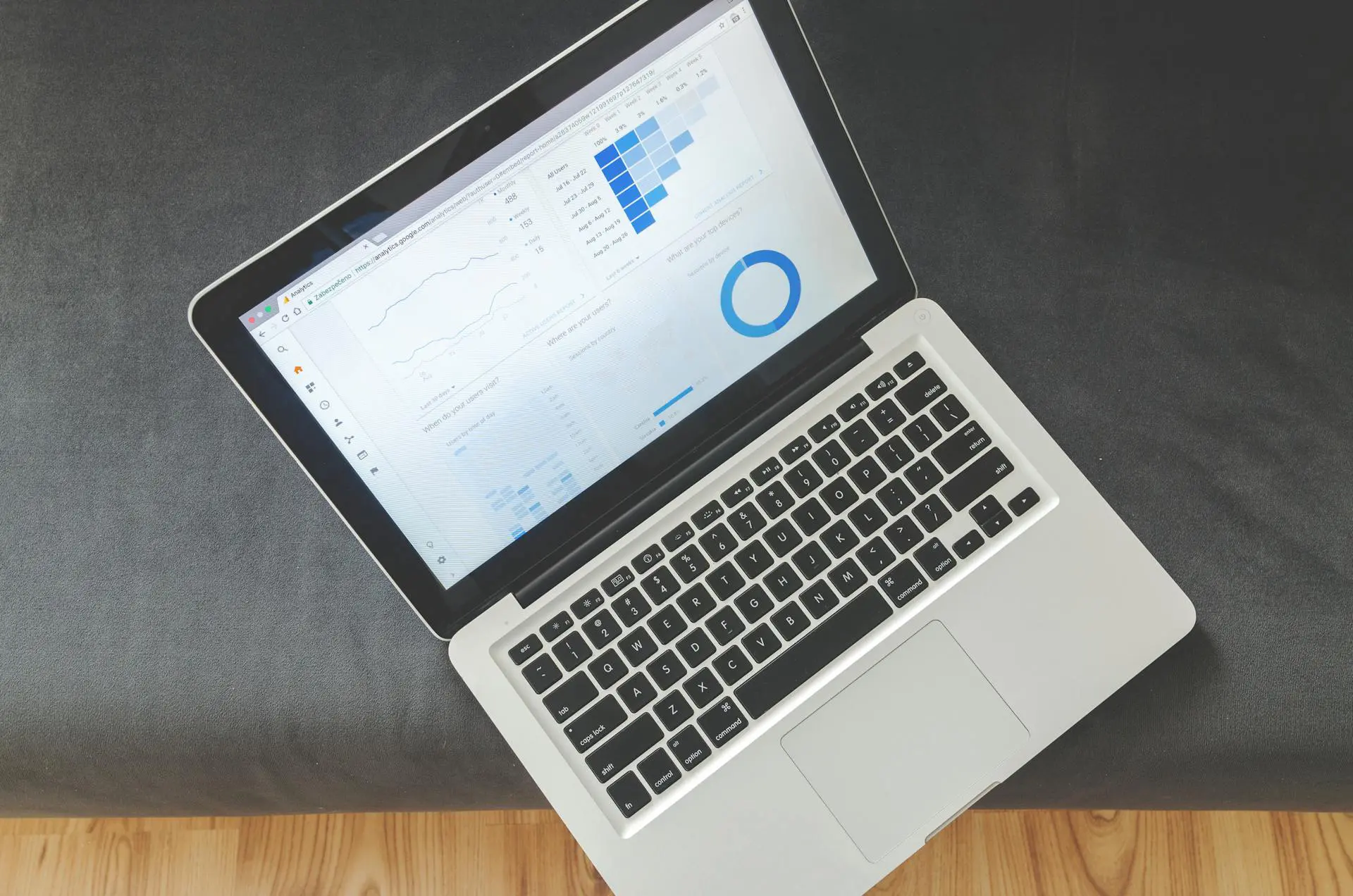By Scott Moore, Director of Presales, Semarchy
Employee Master Data Management (MDM) stands as a cornerstone for organizations seeking to optimize their operations and gain a competitive edge. It’s a strategic approach that centralizes, organizes, and maintains an organization’s employee data, thereby improving efficiency and decision-making.
From enhancing data quality to reducing costs, providing a better employee experience, and facilitating better decision-making, Master Data Management offers a plethora of benefits. However, implementing such a system can present challenges, including data governance, complexity of data, poor data quality, resistance to change, lack of data, and security and compliance concerns.
Understanding Employee Master Data Management
Employee Master Data Management refers to the process and technology that provides a comprehensive, 360-degree view of every employee. This involves housing all employee data in one Master Data Management solution accessible by all departments, thereby avoiding data silos and improving efficiency.
The Importance of Employee Master Data Management
Employee Master Data Management is crucial for several reasons:
-
- Enhances data quality: By centralizing all employee master data, it becomes easier to monitor changes and ensure data accuracy, which is critical for operations like payroll and benefits administration.
-
- Boosts efficiency: Employee Master Data Management automates many routine processes, thereby freeing HR staff to focus on strategic tasks such as employee retention and engagement.
-
- Cuts costs: While implementing a new Employee Master Data Management solution requires an initial investment, it can save you money in the long run by reducing the costs associated with maintaining disorganized and spread-out data.
-
- Facilitates better decision-making: With a complete view of employee master data, you can make more informed decisions about succession planning and workforce management.
-
- Improves employee experience: Employee MDM creates a simple self-service model for employees to update their personal information, thereby enhancing their experience.
Types of Employee Master Data
Let’s explore the main types of employee data and understand why they make employee MDM both complex and mission-critical:
-
- Personnel information: Personnel information encompasses the fundamental details of an employee, such as their name, contact information, job title, and department. This data provides a basic framework for employee management, enabling HR teams to identify and communicate with individuals effectively. However, personnel data can quickly become outdated, particularly in larger organizations with frequent employee movements and administrative changes. Maintaining accurate and up-to-date personnel information is essential for smooth HR processes and effective communication.
-
- Payroll information: Payroll information includes data related to an employee’s compensation, such as salary, bonuses, deductions, tax information, and payment details. This data is critical for accurately processing payroll, ensuring correct calculations, and adhering to legal and regulatory requirements. Managing payroll information within the employee MDM system ensures consistency and accuracy, which directly impacts employee satisfaction, compliance, and financial stability.
-
- Medical information: Medical information pertains to an employee’s health records, including pre-existing medical conditions, allergies, and any disability-related accommodations that might be required. This sensitive data must be securely managed within the MDM system to comply with privacy regulations like HIPAA (Health Insurance Portability and Accountability Act). Integrating medical information into employee MDM offers several advantages, such as facilitating the administration of health insurance benefits, managing wellness programs, and enabling better workforce planning.
-
- Demographic information: Demographic information encompasses characteristics such as age, gender, ethnicity, and other diversity-related data. While this data might be voluntary for employees to provide, it plays a crucial role in ensuring equality, diversity, and inclusion within the organization. Employee MDM can help HR teams track and analyze demographic data, supporting initiatives like diversity hiring, pay equity, and creating an inclusive work environment. However, privacy and compliance considerations are crucial when dealing with confidential demographic information.
Challenges of Employee Master Data Management
While Employee MDM offers numerous benefits, it’s not without its challenges:
-
- Lack of data governance: Without established policies and standards for managing data, maintaining data quality and integrity can be difficult.
-
- Complexity of data: The nuanced nature of employee master data can make it hard to create a single, comprehensive view of an employee.
-
- Poor data quality: When data is spread across multiple systems, it can lead to errors and inconsistencies. Learn more about best practices in data quality management.
-
- Resistance to change: Implementing MDM often requires significant changes to processes and systems, which can meet with resistance.
-
- Lack of data: In some cases, organizations may not have complete or accurate data on their employees.
-
- Security and compliance concerns: Protecting sensitive and confidential employee data is a critical concern.
Despite these challenges, the right Master Data Management and data governance software can help organizations overcome these hurdles and reap the benefits of better data.
Semarchy: The Ultimate Solution for Employee Master Data Management
When it comes to Employee and HR Master Data Management, Semarchy Data Platform stands out as the ideal solution. It’s a leading master data management software that supports hiring approvals, multi-application provisioning, off-boarding, job mapping, design of reporting hierarchies, taxes, health, legal, privacy, screening assessments, GDPR/CCPA, performance assessments, talent management, policies enforcement, and referral programs.
Benefits of Semarchy Data Platform
Semarchy’s platform offers numerous advantages:
-
- Secure views: Role-based permissions ensure that only authorized individuals can access sensitive HR master data.
-
- Confident compliance: The platform has built-in governance rules, reducing regulatory risks at every step.
-
- Effortless processes: Automated processes and unified data speed up everyone’s success.
-
- HR insights: Easy-to-read dashboards and business rules allow HR teams to answer pressing business questions without IT resources.
-
- Fast implementation: The platform can deliver a working iteration using your data in around ten weeks. Learn more about successful MDM implementation.
Semarchy Data Platform is the perfect solution for organizations looking for an effective Employee Master Data Management software. It not only addresses the challenges of MDM but also enhances efficiency, facilitates better decision-making, and improves the employee experience.
In conclusion, Employee Master Data Management is an essential tool for organizations in today’s digital world. It not only improves data quality and efficiency but also enhances the employee experience and facilitates better decision-making. Therefore, investing in a robust master data management software like Semarchy Data Platform can be a game-changer for your organization.
Share this post
Featured Resources
No featured post selected.























































